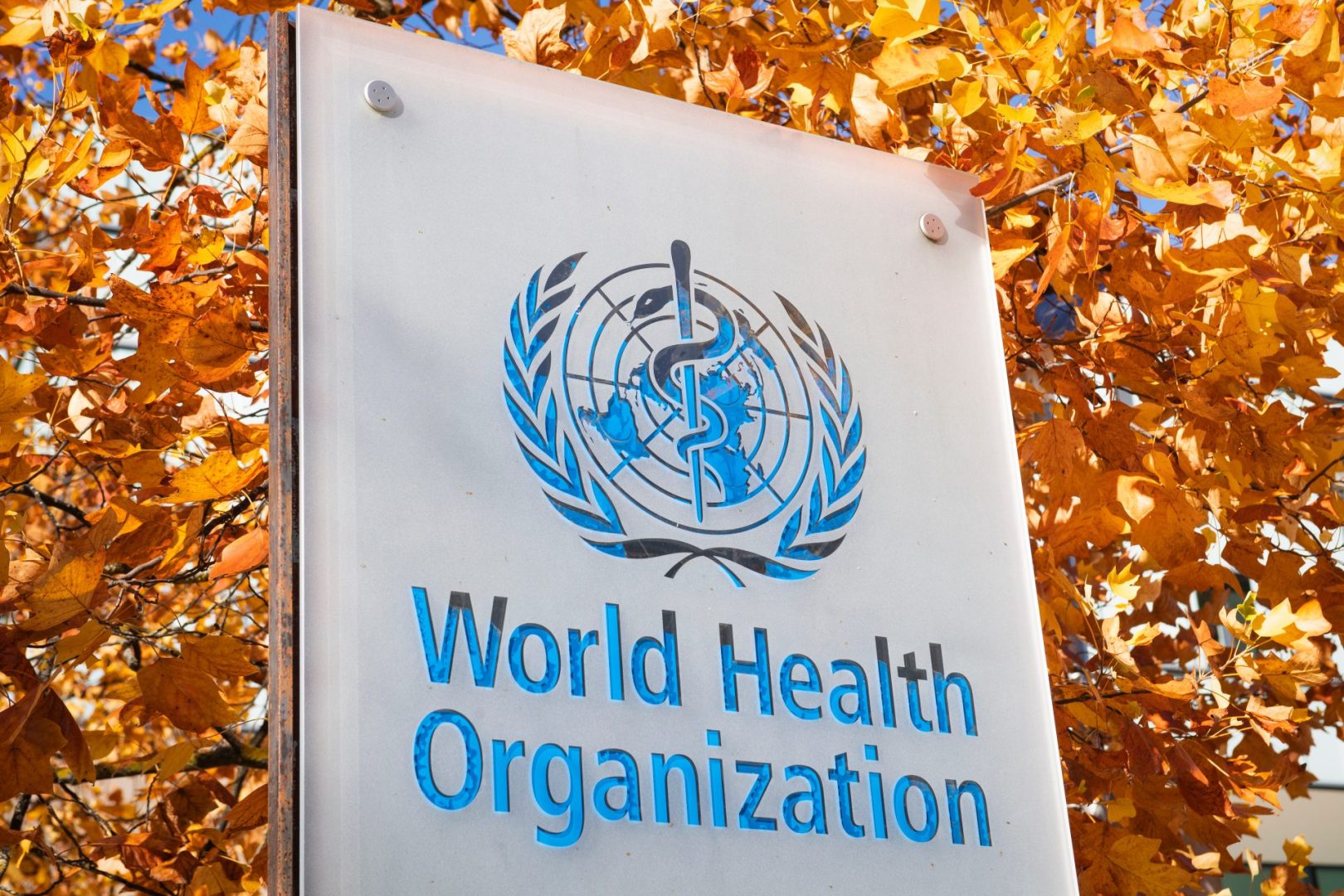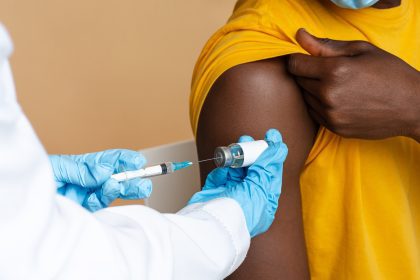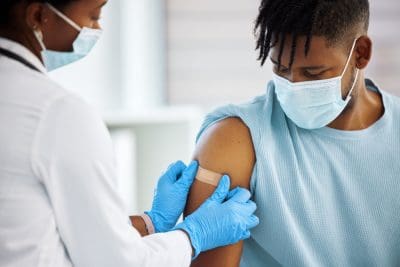The historic agreement promises more equitable access to vaccines and treatments while respecting national sovereignty
In a watershed moment for global public health, the 194 member states of the World Health Organization formally adopted the world’s first Pandemic Agreement by consensus today. This landmark decision at the 78th World Health Assembly culminates over three years of intense diplomatic negotiations initiated in response to the devastating impact of COVID-19.
3 years of complex negotiations yield historic result
The adoption represents the culmination of a process begun during the darkest days of the COVID-19 pandemic when nations recognized the urgent need for better international coordination. The agreement required delicate balancing of national interests with global public health necessities.
The final text emerged after multiple negotiating rounds involving technical experts, legal specialists, and senior diplomats from nearly 200 countries. The process overcame significant hurdles including debates over intellectual property rights, financing mechanisms, and sovereignty concerns.
The formal adoption procedure itself reflected global engagement, with the agreement first securing approval by vote in committee (124 in favor, zero objections, 11 abstentions) before today’s consensus adoption in the full plenary session of the World Health Assembly.
5 core elements transform pandemic response capabilities
The newly adopted agreement revolutionizes how nations will collectively respond to future pandemic threats through several crucial mechanisms:
- Enhanced surveillance systems will enable earlier detection of emerging threats through standardized reporting protocols and information sharing. This early warning capability aims to prevent initial outbreaks from escalating into global emergencies.
- Equitable access guarantees ensure fair distribution of vaccines, treatments, and diagnostics during health emergencies. This addresses one of the most glaring failures of the COVID-19 response when wealthy nations secured supplies while lower-income countries waited months or years.
- Technology transfer provisions create pathways for sharing manufacturing know-how to increase global production capacity, particularly in underserved regions. This decentralized approach aims to prevent the supply bottlenecks that hampered early COVID-19 responses.
- Scientific cooperation frameworks establish mechanisms for rapid sharing of pathogen samples, genetic sequences, and research findings during emergencies. These provisions aim to accelerate the development of countermeasures against novel threats.
- Financing mechanisms provide more predictable funding for emergency response while helping vulnerable countries strengthen their health systems before emergencies occur. This dual approach addresses both immediate crisis needs and underlying structural vulnerabilities.
National sovereignty explicitly protected throughout agreement
The agreement includes strong safeguards protecting national decision-making authority. Explicit language states that nothing in the agreement provides WHO or its Director-General any authority to direct, order, alter or prescribe national laws or policies.
The text specifically prohibits imposing requirements for specific actions such as travel bans, vaccination mandates, therapeutic or diagnostic measures, or lockdowns. These provisions address concerns raised during negotiations about potential infringement on domestic policy decisions.
This balancing act reflects the delicate nature of international health diplomacy – creating meaningful coordination without compromising the autonomy of individual nations to determine their specific pandemic response approaches.
Pandemic agreement fills critical gaps exposed by COVID-19
The unprecedented agreement directly addresses failures that became painfully apparent during the COVID-19 pandemic. When the virus emerged in late 2019, the world lacked adequate mechanisms for coordinating responses, sharing resources, or ensuring equitable access to lifesaving interventions.
The consequences were severe, with fragmented national responses, competition rather than cooperation for medical supplies, and significant delays in vaccine access for many countries. These failures extended the pandemic’s impact and contributed to preventable suffering and economic damage.
The new agreement creates structured approaches to coordination that were previously absent. It establishes clear protocols for information sharing, resource allocation, and scientific collaboration during health emergencies that transcend national borders.
Most significantly, it provides a framework for addressing the profound inequities in pandemic response capabilities that left vulnerable populations disproportionately affected by COVID-19.
Implementation phase begins immediately with ambitious targets
With formal adoption complete, attention now shifts to implementation. The agreement outlines specific timelines and benchmarks for building the necessary infrastructure and capabilities before the next major health threat emerges.
Priority action areas include strengthening disease surveillance systems in vulnerable regions, establishing manufacturing capacity for medical countermeasures in currently underserved areas, and creating financing mechanisms to support rapid response efforts.
The agreement also creates ongoing review mechanisms to evaluate progress and adapt approaches based on emerging evidence and technologies. This flexible framework allows the agreement to evolve as scientific understanding and technical capabilities advance.
Member states must now incorporate agreement provisions into national pandemic preparedness plans, with WHO providing technical assistance to countries requiring support meeting their new commitments.
Global health security landscape fundamentally altered
Public health experts describe the agreement as transformative for global health security. The binding commitments create accountability lacking in previous voluntary arrangements while establishing concrete mechanisms for translating principles into action.
The agreement’s significance extends beyond pandemic preparedness alone. By demonstrating successful multilateral cooperation on an issue of universal concern, it potentially creates momentum for addressing other transnational challenges requiring coordinated action.
Health security experts note that successful implementation will require sustained political commitment and financial investment. The true test will come during the next health emergency when these new systems face their first real-world challenge.
For now, the world has taken a historic step toward being better prepared for future pandemic threats. After experiencing the devastating human and economic costs of COVID-19, nations have collectively created a framework aimed at preventing history from repeating itself on such a catastrophic scale.
The agreement represents an acknowledgment that in an interconnected world, health security can only be achieved through genuine cooperation that balances national interests with collective responsibility for global well-being.
Expert perspectives highlight unprecedented achievement
Health security specialists characterize the agreement as a remarkable diplomatic achievement given the complexity of the issues and diversity of national interests involved. The consensus adoption demonstrates recognition that pandemic threats transcend political differences.
International relations analysts note the agreement’s significance extends beyond public health, demonstrating that multilateral cooperation remains possible despite current geopolitical tensions. The process involved nations with deeply divergent political systems finding common ground on a vital issue.
The inclusive negotiation process incorporated perspectives from countries at all economic levels, ensuring the final text addresses concerns of both wealthy and developing nations. This approach helped secure the broad support necessary for consensus adoption.
Future outlook: building on the foundation
As implementation begins, the agreement establishes a foundation for continuous improvement in global pandemic preparedness. Regular review conferences will evaluate effectiveness and incorporate lessons from future health emergencies.
The agreement includes provisions for technology assessment and knowledge sharing that will help incorporate emerging capabilities like artificial intelligence, genomic surveillance, and novel vaccine platforms into pandemic response systems.
Perhaps most importantly, it creates institutional memory and standardized approaches that transcend the typical cycle of panic and neglect that has historically characterized responses to health emergencies.
While acknowledging no agreement can guarantee prevention of all future pandemics, public health officials express confidence that the world is now substantially better positioned to detect emerging threats earlier, respond more effectively, and protect vulnerable populations more equitably when the next pandemic inevitably emerges.













